Valladolid- Pueblo Mágico
Most people go to Valladolid for one reason: Chichén Itzá. They might stay for a day or two, visiting the wonder of the world before exploring the city's colourful streets. Before I arrived, I worried four days would be too much but in truth, I could have stayed longer in this delightful little destination.
In this blog, I'll explore the food, nature, wildlife and culture packed into this often overlooked city.
The City Centre
Valladolid is fairly small, but fits a lot of charm into its central area. The main Zócalo, or square, contains a little park surrounded by picture perfect pastel buildings and an impressive church.
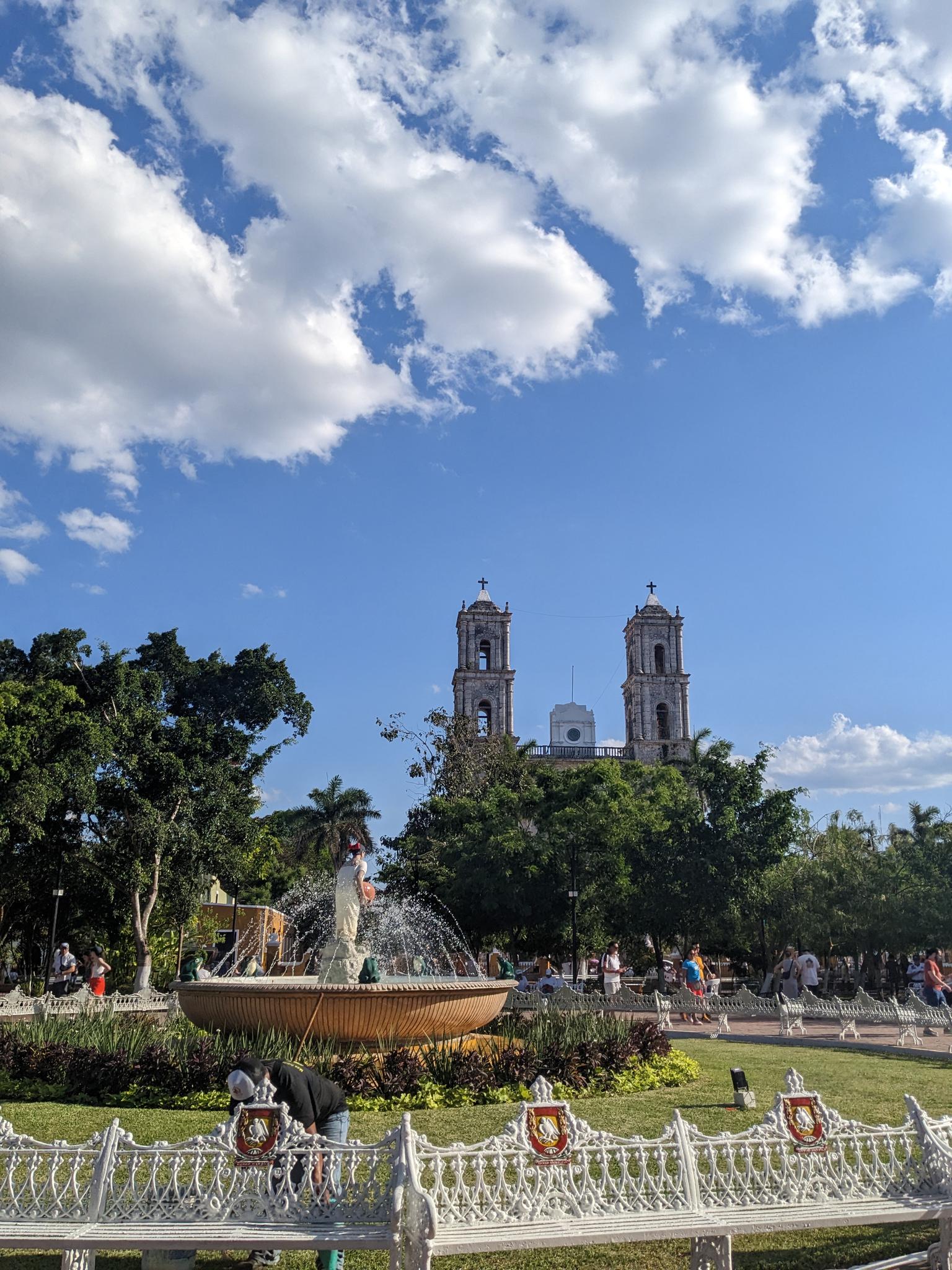
Though grand from the outside, the church is surprisingly sparse, with blanched white walls and very little decoration.
Despite the obvious influence of Spanish colonialism on the city, the people of Yucatán maintain a strong sense of regional identity. At the centre of the square is the Mestiza fountain, showing a woman collecting water in her traditional dress, surrounded by cute green frogs.
In the afternoon, buskers dressed head to toe in the traditional white outfits entertain visitors with folk dances. While the men look plain in their white shirts, trousers and hats, the women adorn themselves with huge blooms, dancing whilst balancing bottles of beer on their heads.
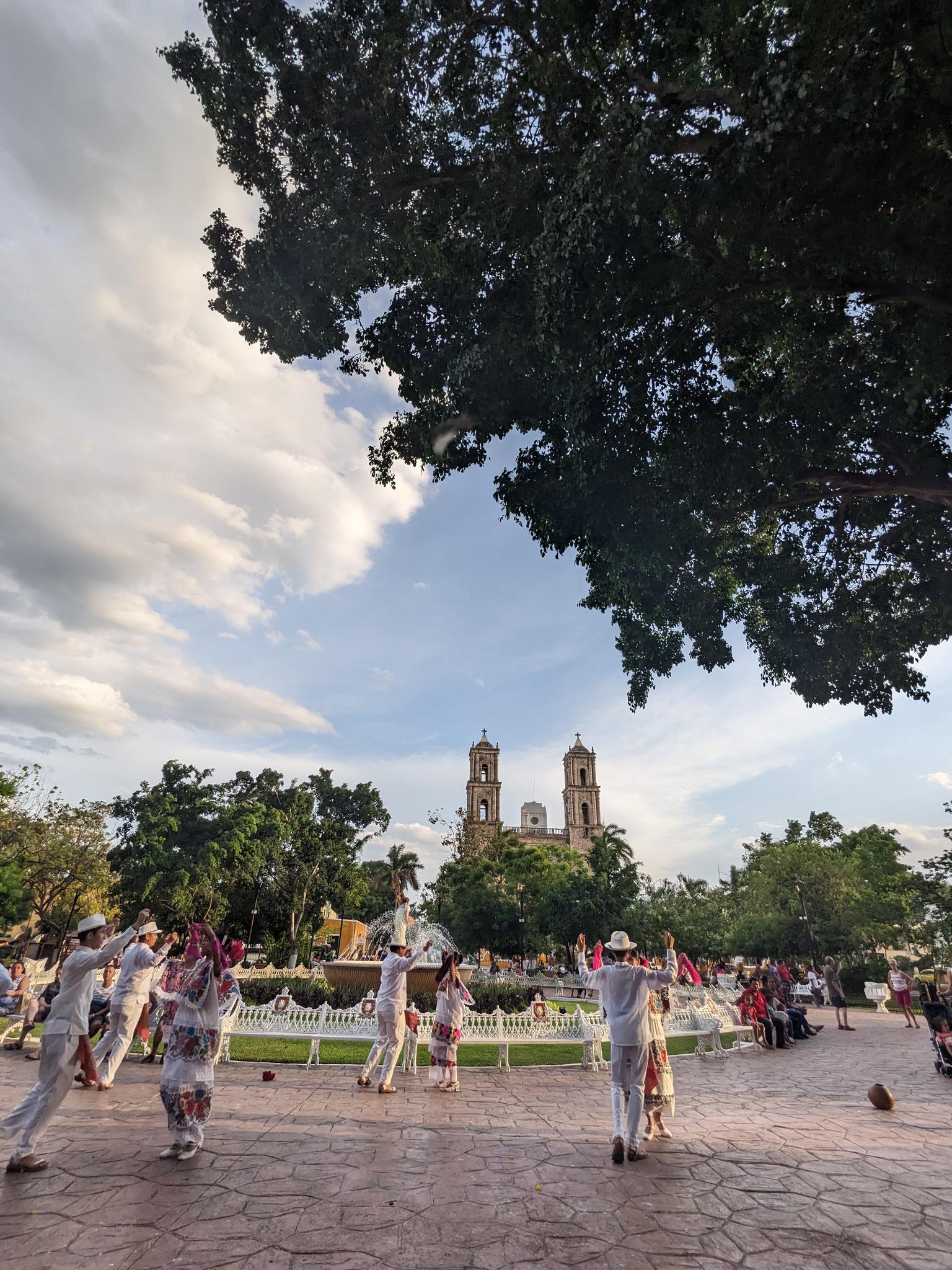
From the main square, you can wander the streets and admire the colourful facades of every building. Eventually you will probably find yourself in another square, where there's even more live music, traditional dancing and even reenactments of Mayan ceremonies.
On my first evening, I found myself in one such square next to the impressive San Bernardino Convent after watching a light show depicting the history of Valladolid. Later, we saw many traditional dances performed by each faculty of the local university. At the end of their performances, applause peppered with shouts of 'Viva Yucatán' (Long live Yucatán) rang out into the square.
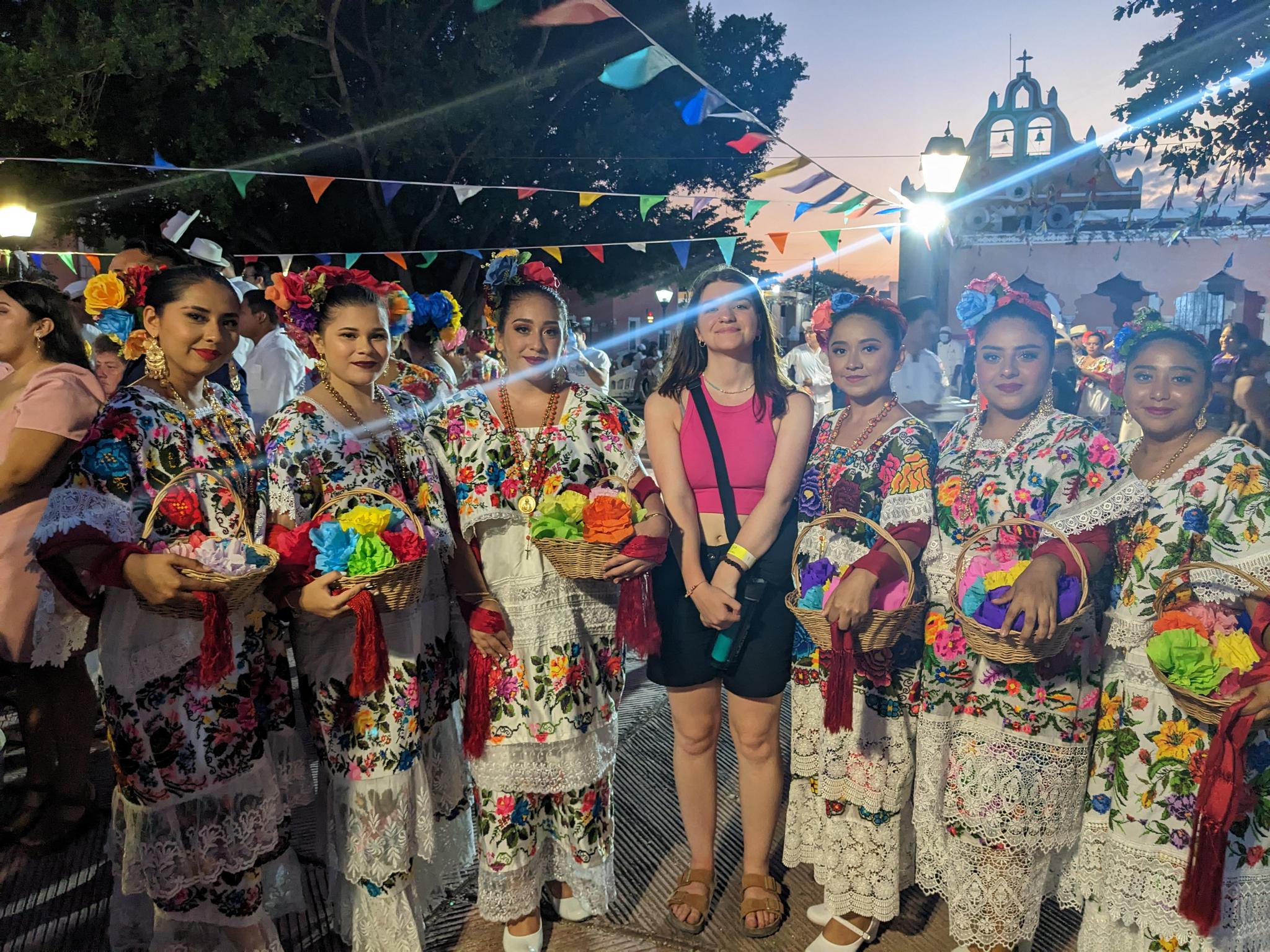
Later on, a band played typical music and although I didn't really know what I was doing, I joined in with the locals. As the night moved on, the ladies fought for a chance to partner up with the person who inexplicably turned up in an inflatable dinosaur costume.
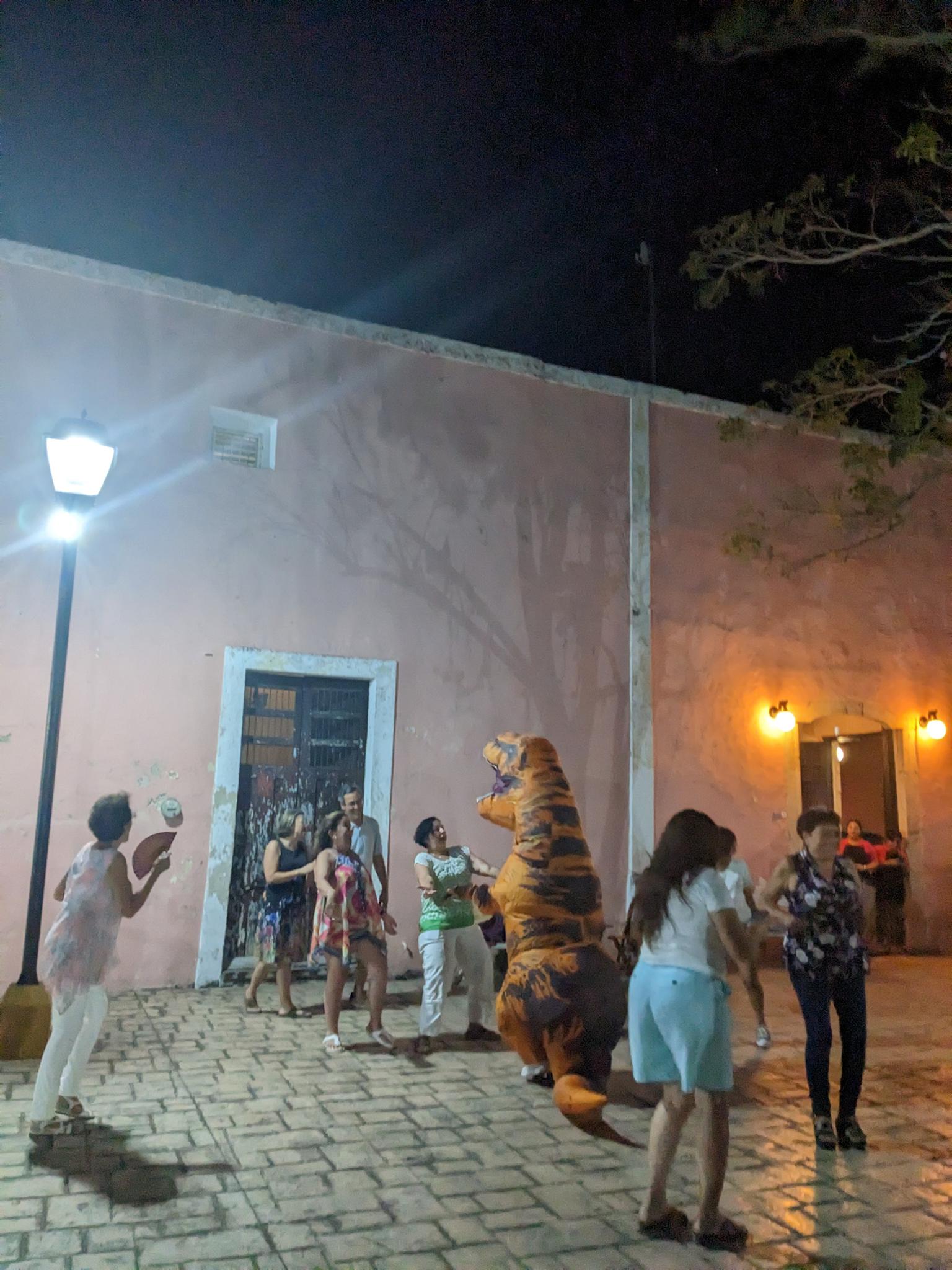
Another way to discover the local culture is by visiting Casa de Los Venados, a house museum with over 3,000 pieces of Mexican folk art.
I visited the 'House of Deer' on my first day in Valladolid and our guide was so friendly, open to questions and passionate, it was a great introduction to the city. Visiting is free but a small donation to local charities is both encouraged and extremely worth it.
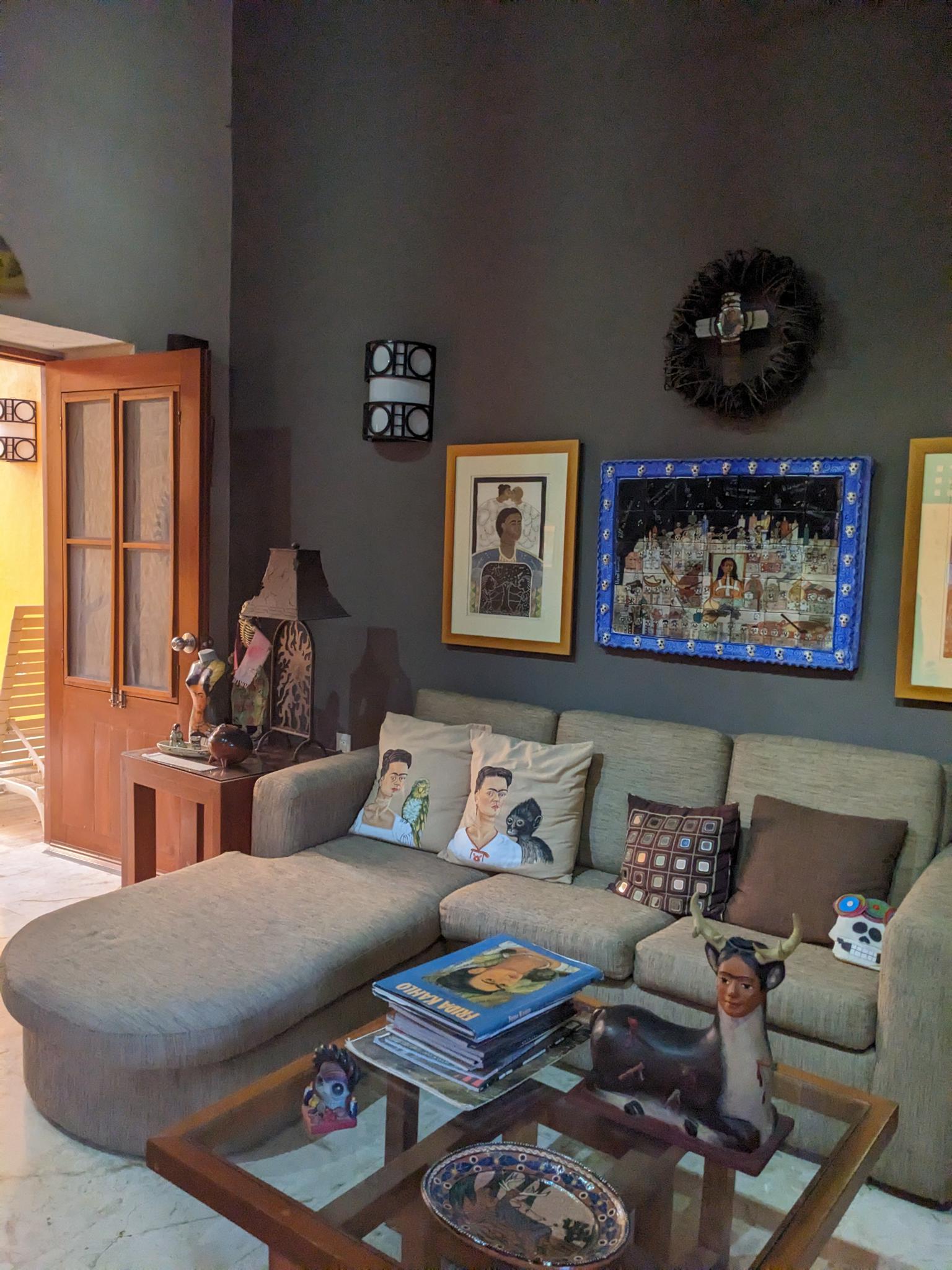
Each room in the house was themed around an aspect of Mexican culture, for instance, religion, art or nature. My personal favourite was the Frida Kahlo room, but I also enjoyed exploring the kitchen, with it's dining set depicting famous figures in Mexican history.
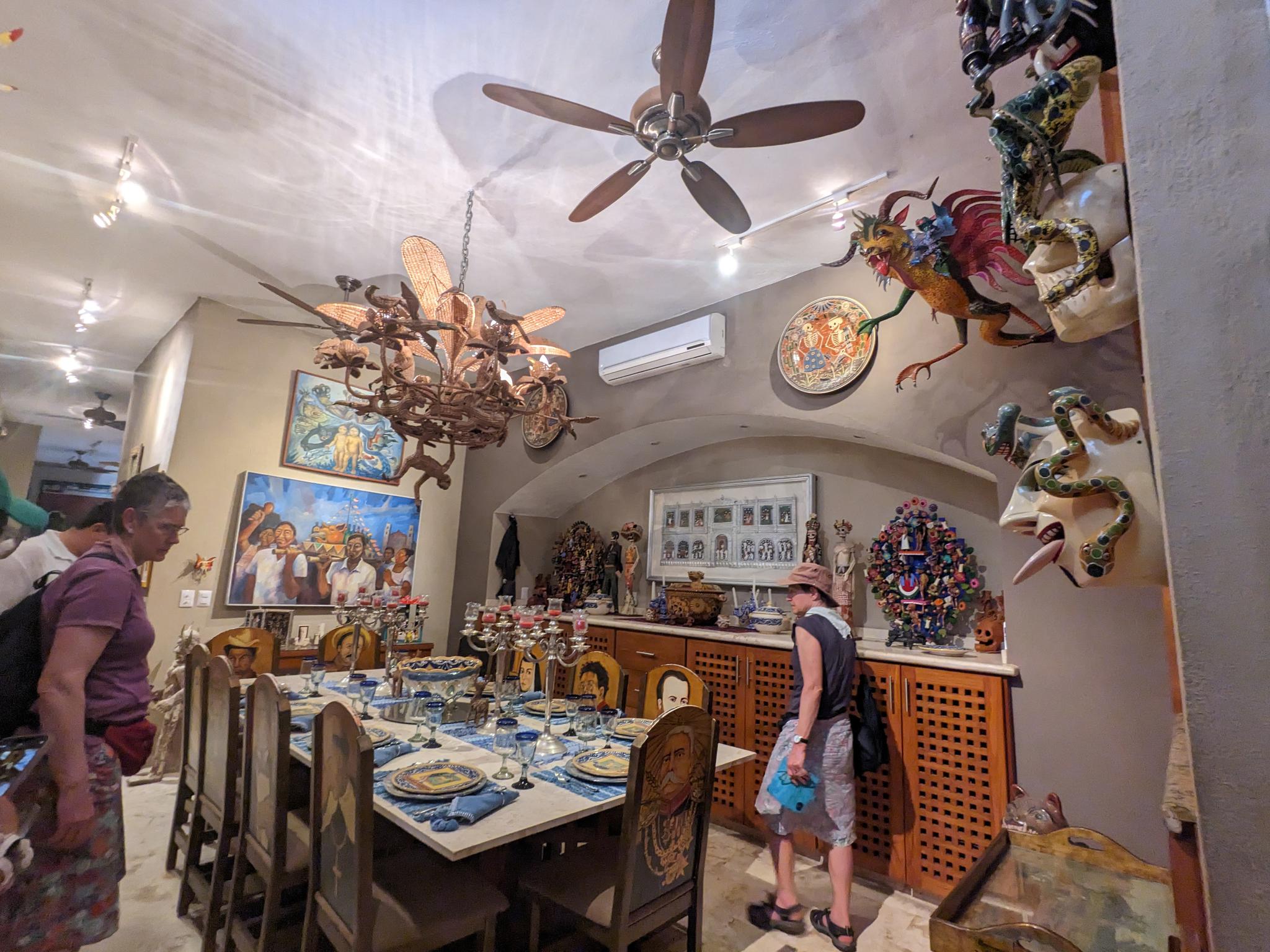
If you haven't had enough of Mexican art, take a stroll along Calzada de los Frailes. Undoubtedly the most picturesque street in the city, the cobbles give way to shops selling traditional crafts like sugar skulls and ornate crosses.

Cenotes
One of the main reasons to visit Yucatán is to see the unique phenomena that are cenotes. The naturally formed sink holes are sacred to Mayan people who believe they are the gateway to the underworld. Today, visitors from across the world flock to the hundreds of cenotes dotted around Tulum, Valladolid and Mérida to experience the magic for themselves.
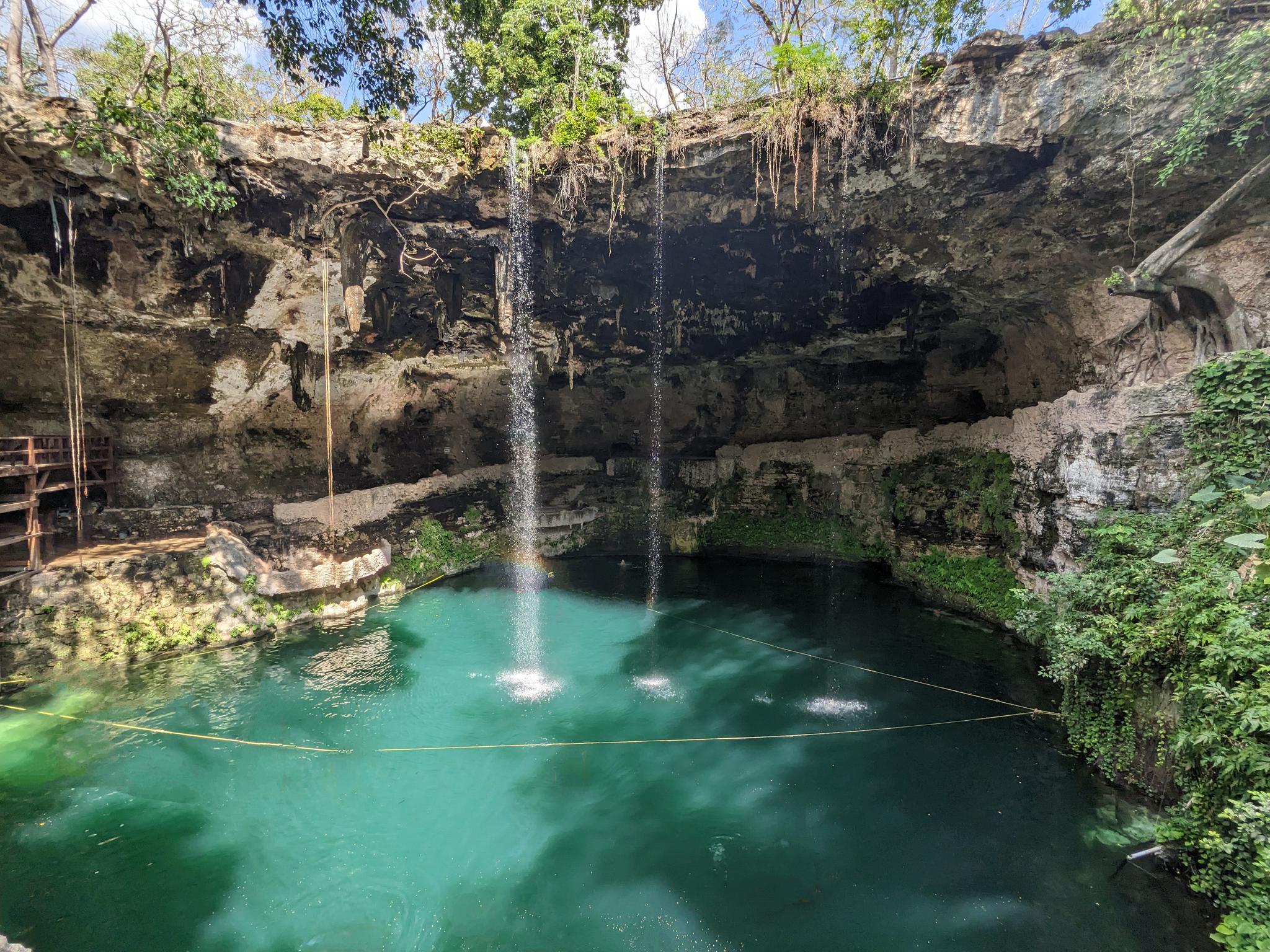
In Valladolid, there are many cenotes you can visit by walking or cycling from the city centre. These include Cenote Zaci and Xkeken. But the best ones, like Secreto Maya and Xchanche, are further away, accessible by taxi, scooter or car.
I was lucky enough to make friends who hired scooters and cars so we could visit the lesser known sites. On my second day in Valladolid, I hopped in a car with four other travellers and we set off towards Cenote Xchanche, with feel good music blaring and an adventure ahead of us.
Xchanche, Secreto Maya and Zaci are similar. These cenotes are up to 100 metres deep and trees hang over their openings, their dangling roots making perches for swallows. Lizards climb the walls behind, sometimes knocked off by brave visitors jumping up to seven metres from ropes and zip lines suspended above the crystalline water.
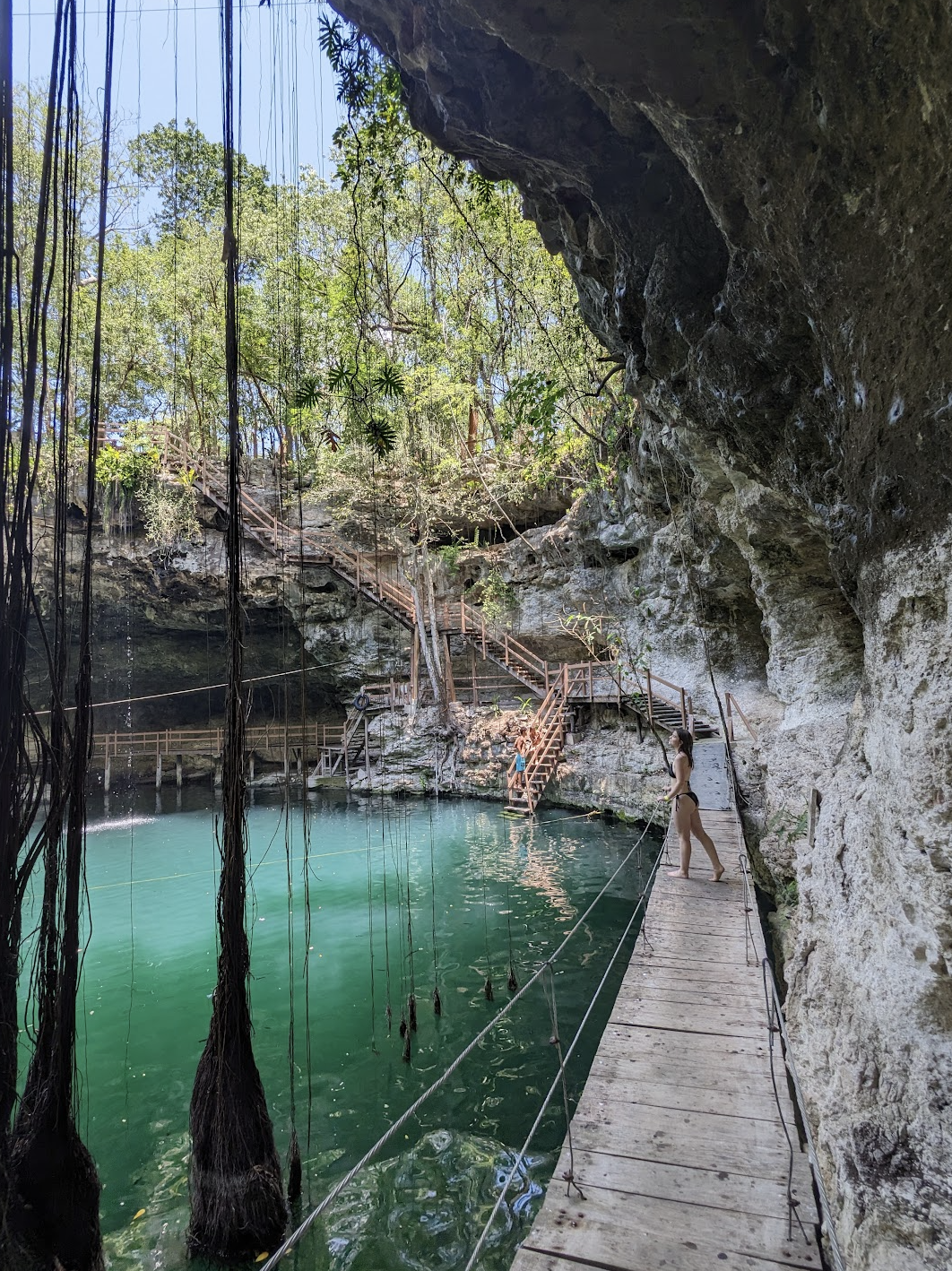
Although cenotes can be similar, they all have a unique magic. I could have floated for hours looking at the light dancing through the leaves at Secreto Maya, watching the catfish swim at Xchanche or admiring the rainbows formed on the waterfall at Zaci.
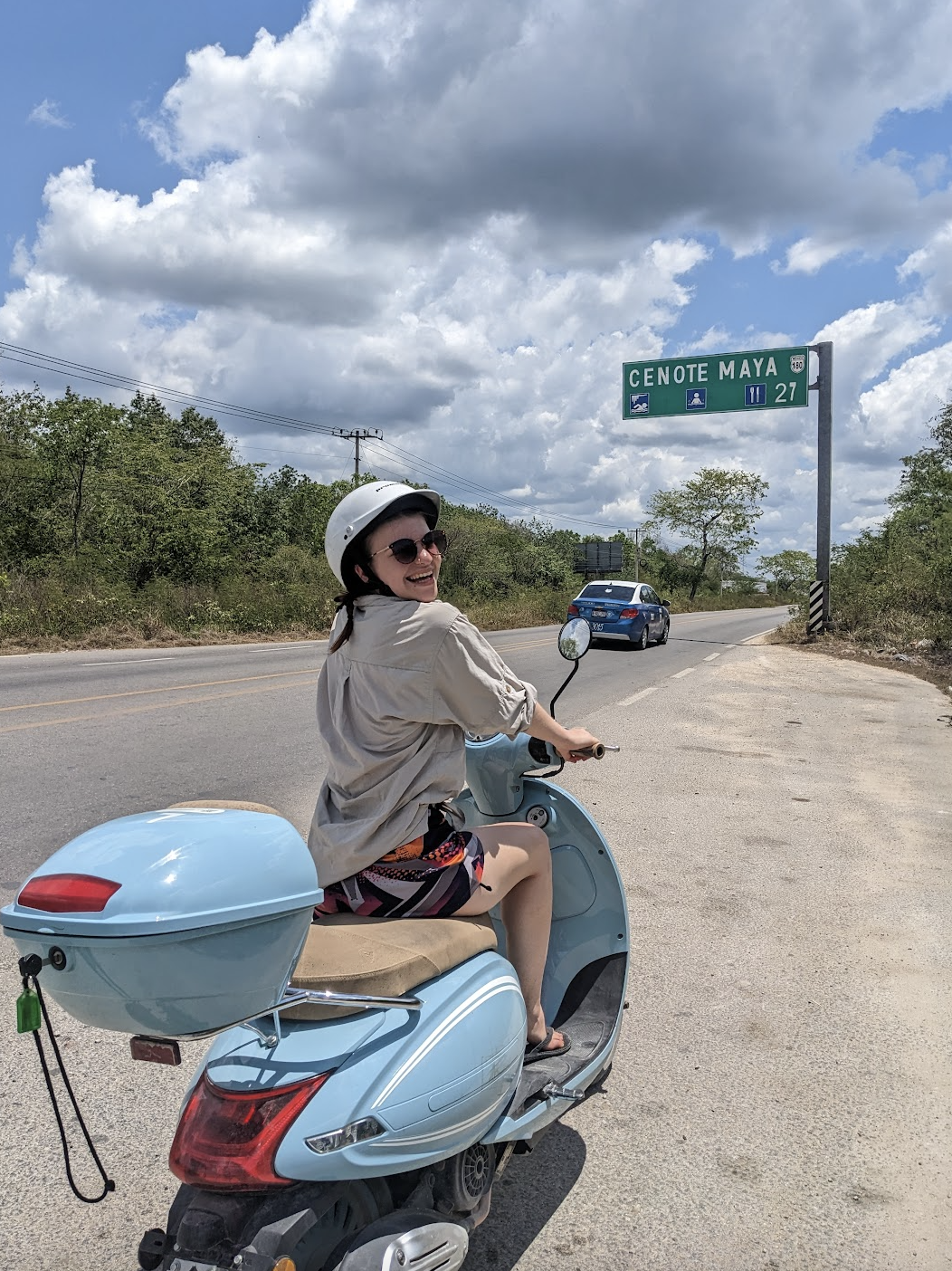
Meanwhile, Cenote Xchanaltun, Xkeken and Dzitnup could be mistaken for caves, with dramatic stalactites, light streaming through the few holes in the roof and freezing cold water. A friend and I hired a baby blue vespa for the day and adventured out to Xchanaltun. At times we had the cenote to ourselves and it felt like we had transported to the underworld, the quiet darkness interrupted only by water dripping from hanging stalactites.
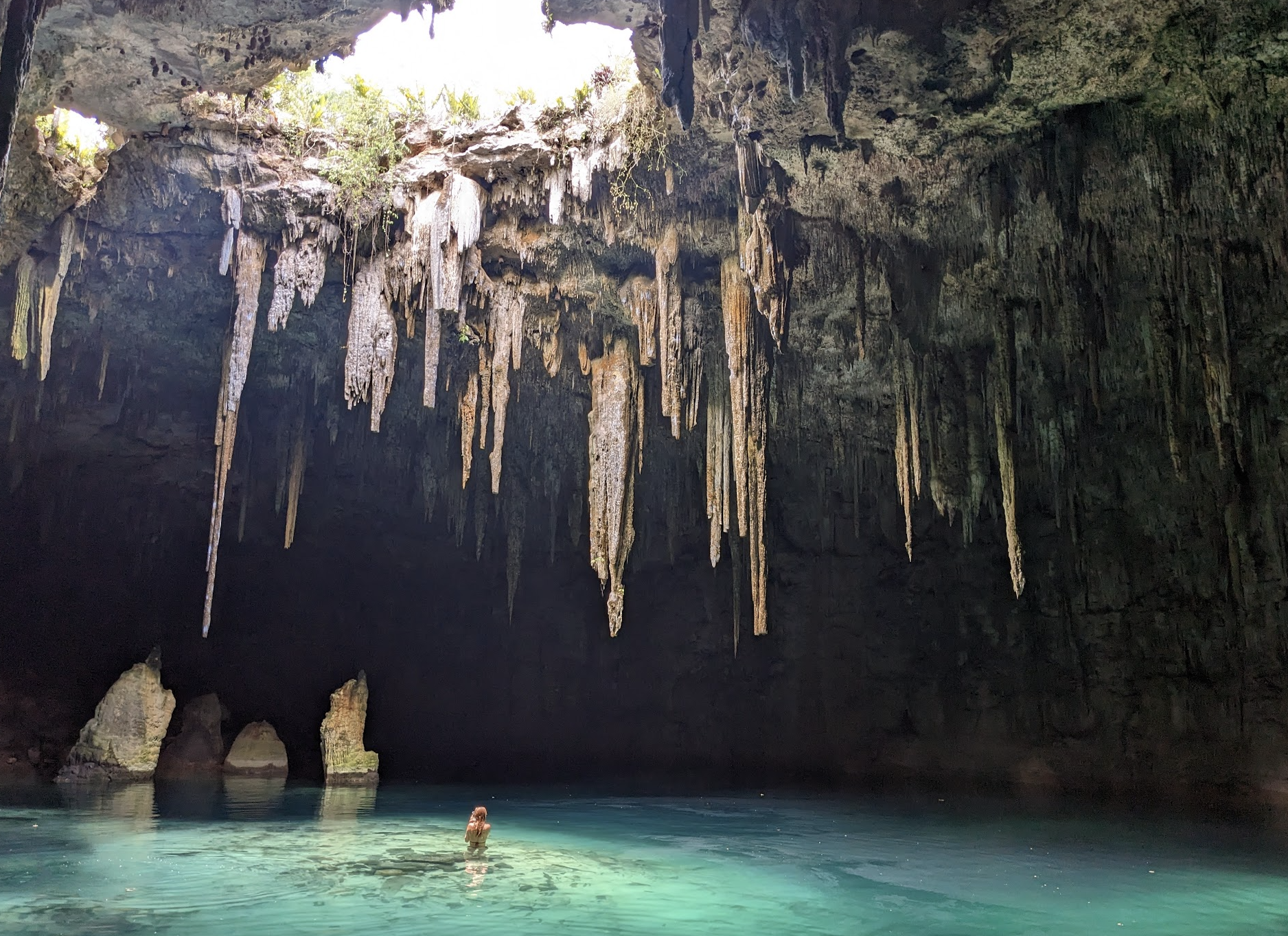
Ruins
Of course, the most famous ruin to visit near Valladolid is Chichén Itza. But as someone who is lucky enough to have seen this wonder of the world already, I was excited to explore a new site, picking Ek Balam, a developing attraction just outside Valladolid.
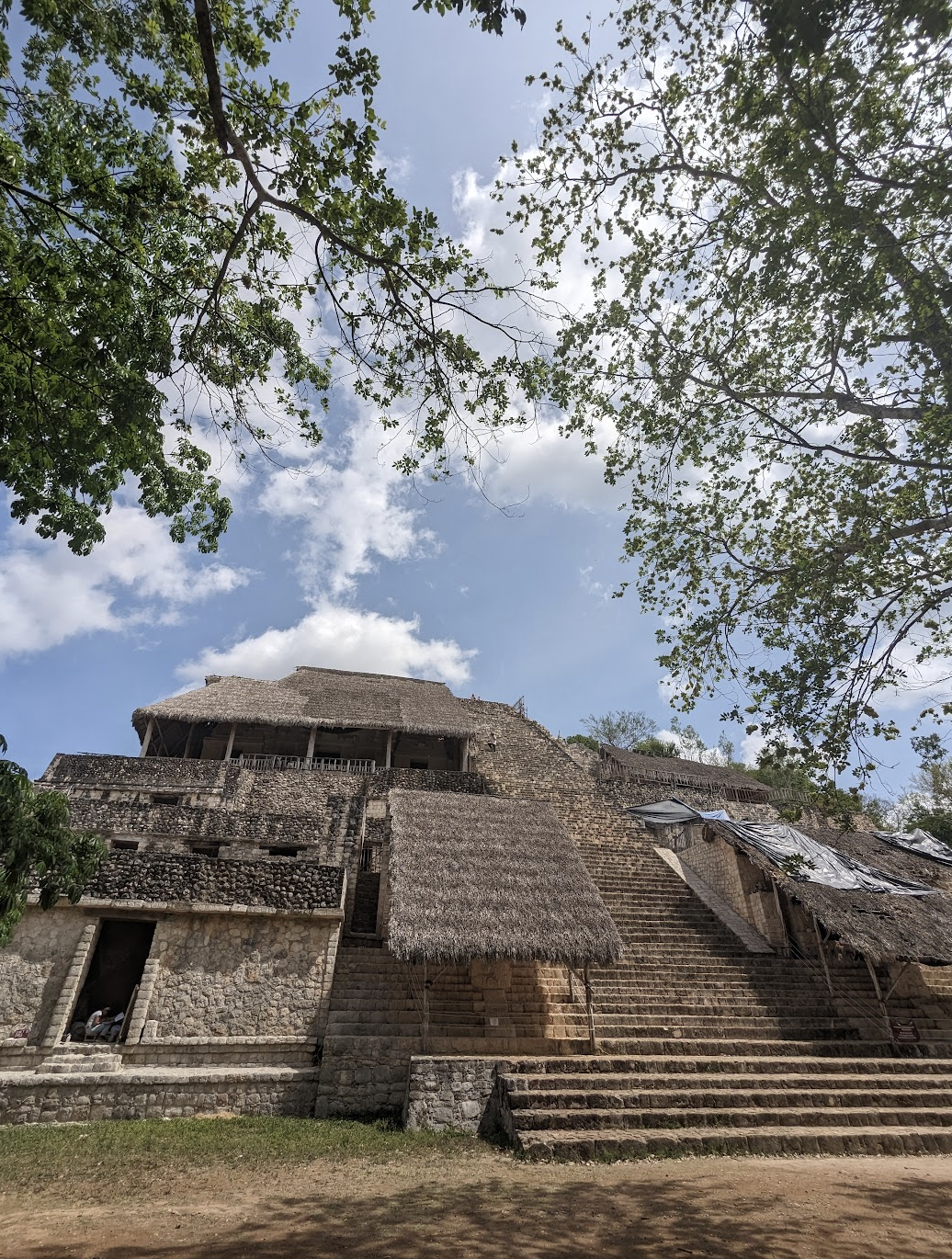
A big draw to Ek Balam is the fact you can climb the steep stairs of the main pyramid to see a beautiful jungle view. Though you can't climb many famous ruins due to preservation efforts, it seemed the staff were restoring wall carvings along the pyramid stairs, suggesting they have no plans to restrict access anytime soon.
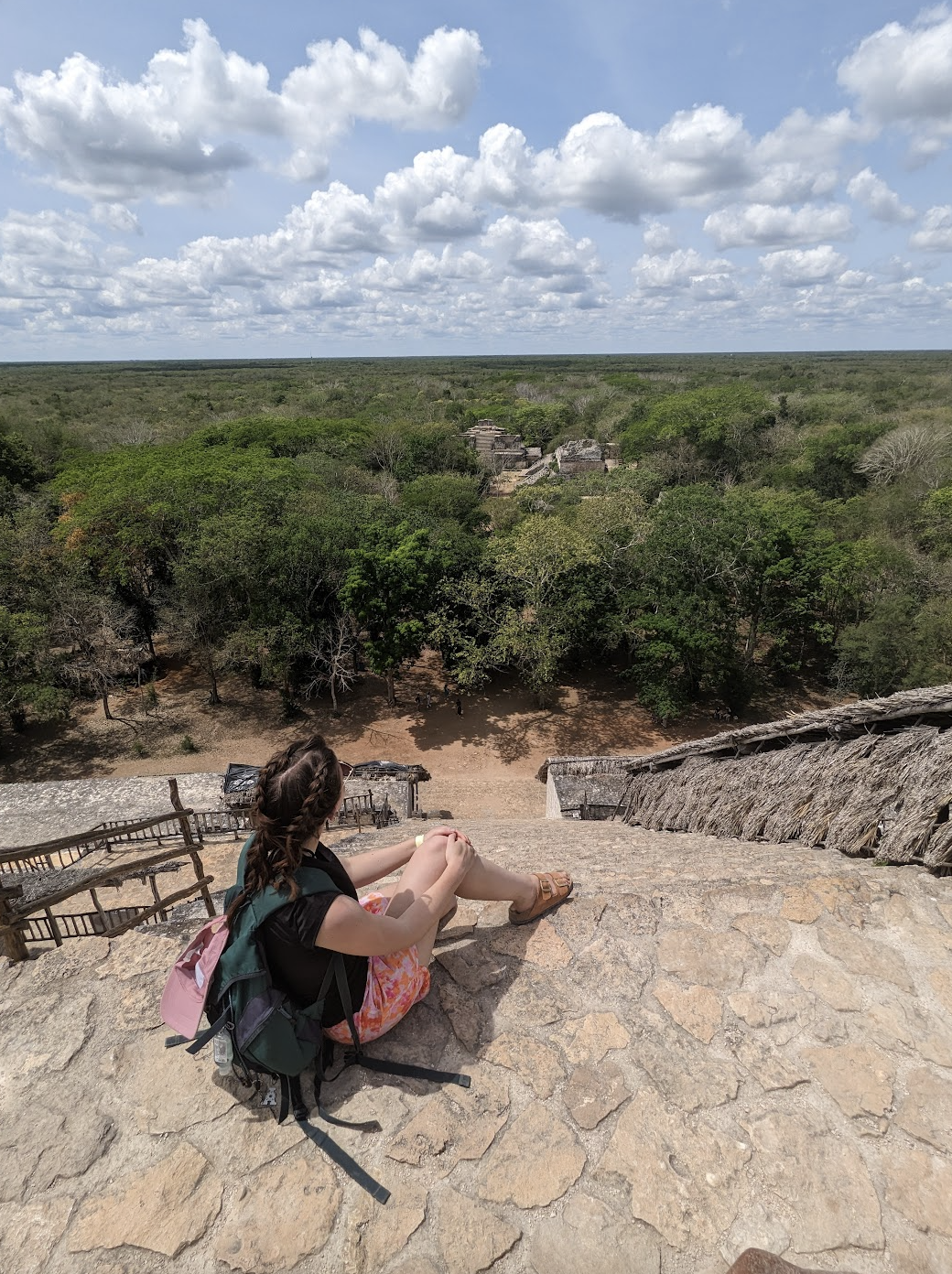
As a lesser known site, Ek Balam is still being developed and restored. At both sides of the pyramid, building and restoration work was taking place, but the few facades we saw were impressive and a good insight into how the site would have looked to Ancient Mayans. I imagine in a few years it could rival bigger attractions, especially due to the draw of the nearby cenote, Xchanche.
Río Largatos and Las Coloradas
For anyone who loves pink, Las Coloradas seems like a must see in Mexico. The water, which turns pink thanks to various microorganisms attracted to the high salt concentration of the plains, are an Instagrammers dream. But after reading extensive reviews on Tripadvisor and realising how far away they were, I gave up on the idea, realising it probably wasn't worth a £100 tour.
On arriving in Valladolid I saw the hostel offered an excursion, but there weren't enough people to go. Thank god that I somehow found my last morsel of energy to say yes to the stranger who invited me to beer pong on the hostel roof terrace. It was there that I met someone who offered me a space in their car to visit Río Largatos and Las Coloradas the very next day.
Not knowing what to expect, I met my travel companions the following morning, relieved that they all seemed lovely. Then we set off, sharing travel stories and listening to our favourite songs. We stopped at Cenote Xchanche on the way before arriving at Río Largatos around three o'clock. Quickly, we found a local guide to take us out onto the water, where we were lucky enough to spot pelicans, crocodiles and flamingoes.
The guide brought a bucket of fish with him and used them to tempt the crocodiles out of the mangroves. Since then, I have learnt that guides should not be feeding wild animals but at the time I was delighted (if not a tad scared) to see the baby croc swim out from its lair.
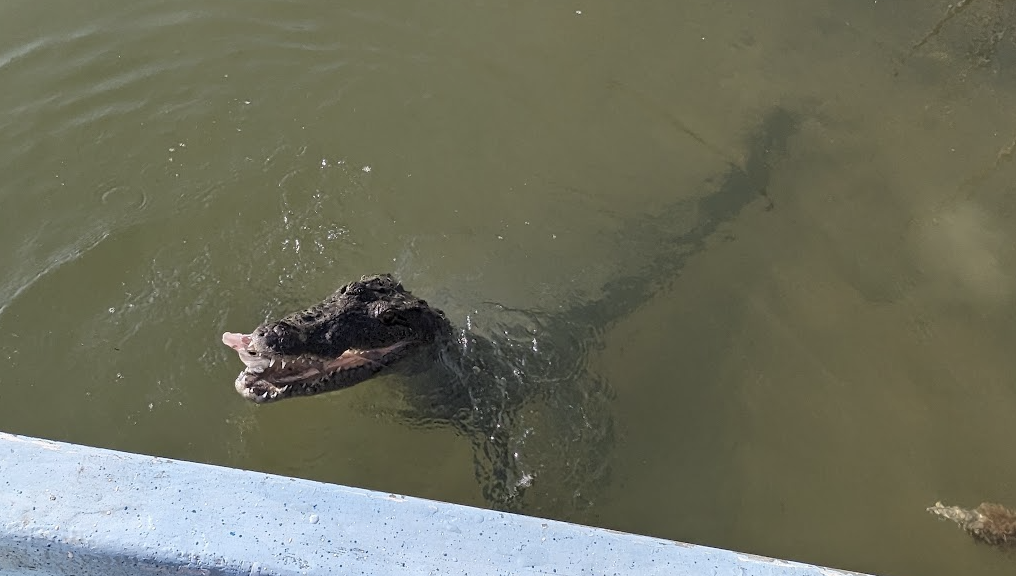
Just a few minutes later, we came face to face with a beast measuring almost two metres. Chilling beside the mangroves, the crocodile was camouflaged by the mangroves' brown roots. It slid into the water and under the surface before appearing right next to our boat, ready to snatch the fish. A million headlines of 'stupid tourists feed crocodile before becoming dessert' ran through my head, but despite the close encounter we returned unscathed.
Then, we were lucky enough to spot three flocks of flamingoes. The first flew over our boat just after our run in with the croc. Then, we saw about ten walking through the water and showing off their bright pink feathers. Although the boat went slowly, they always got scared and flew off eventually, building up speed by running on the water before setting off into the clear blue sky.
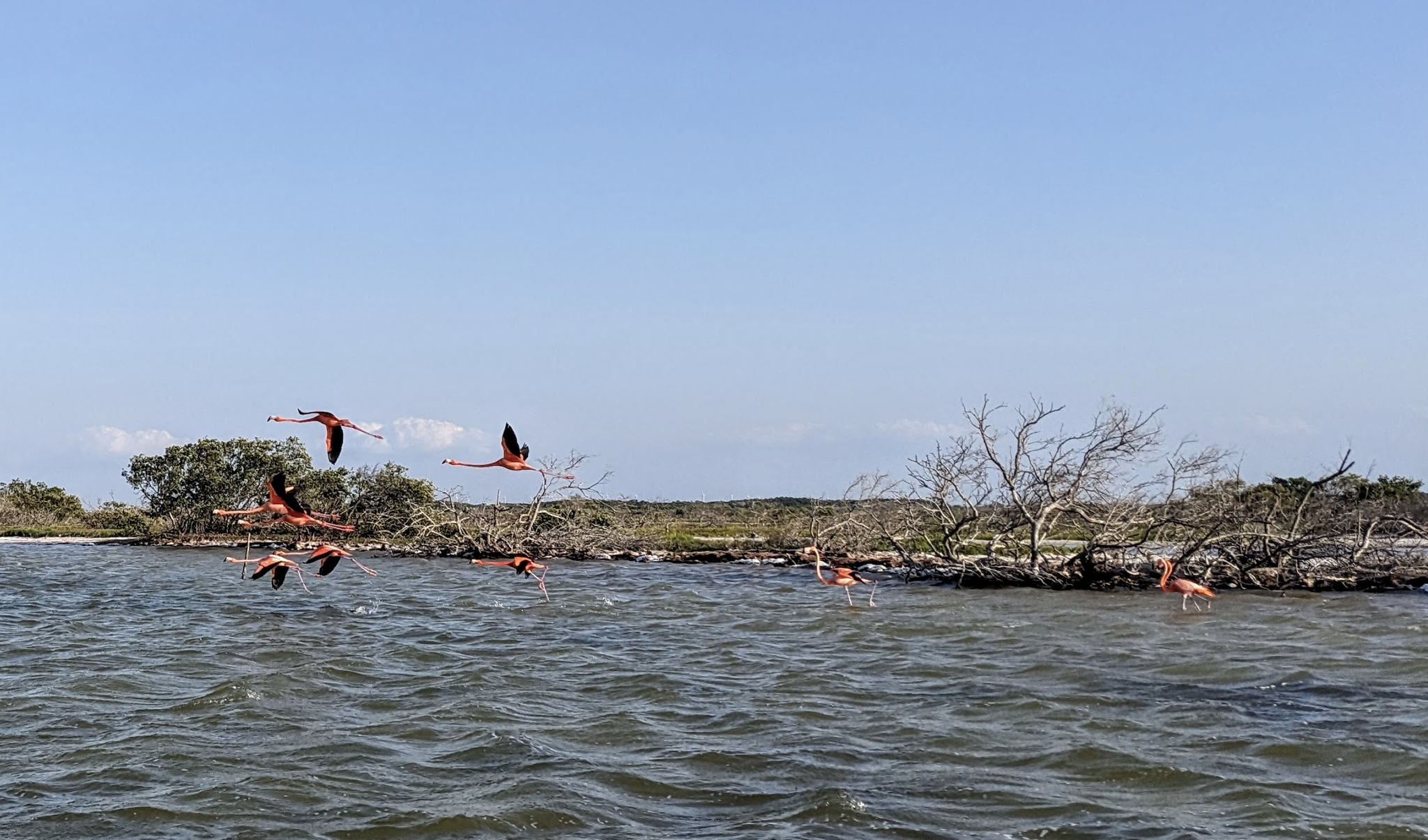
Satisfied we had seen enough flamingoes, we jumped back into the car to catch the sunset at Las Coloradas. You've probably seen pictures of the pink lakes online and I was extremely skeptical about them. When we arrived, the 'park' itself was closed so we stood on the side of the salt flats and admired the view from there.
I'm actually glad we didn't pay because it wouldn't have been worth the money. The water was pink, but it was nowhere near the saturated images of Instagram. However, it was worth the journey to see the peachy sunset reflect on the water, emphasising its pink tone.
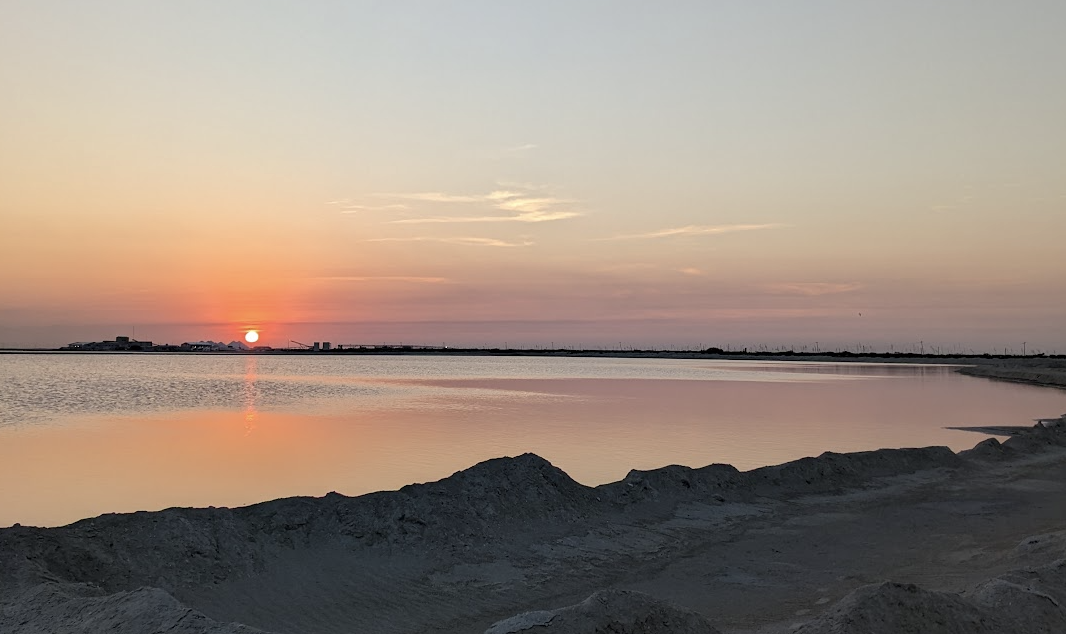
On the way back to Valladolid, we stopped at the side of the road to admire the stars. I had never seen so many before in my life and I was suddenly overwhelming grateful that I had taken a chance and come on this trip with these wonderful strangers.
Overall, I loved my few days in Valladolid and could easily have spent more time there, exploring even more cenotes, ruins and the city itself. I had never heard anyone rave about Valladolid before going myself, but I would recommend it anyone.
